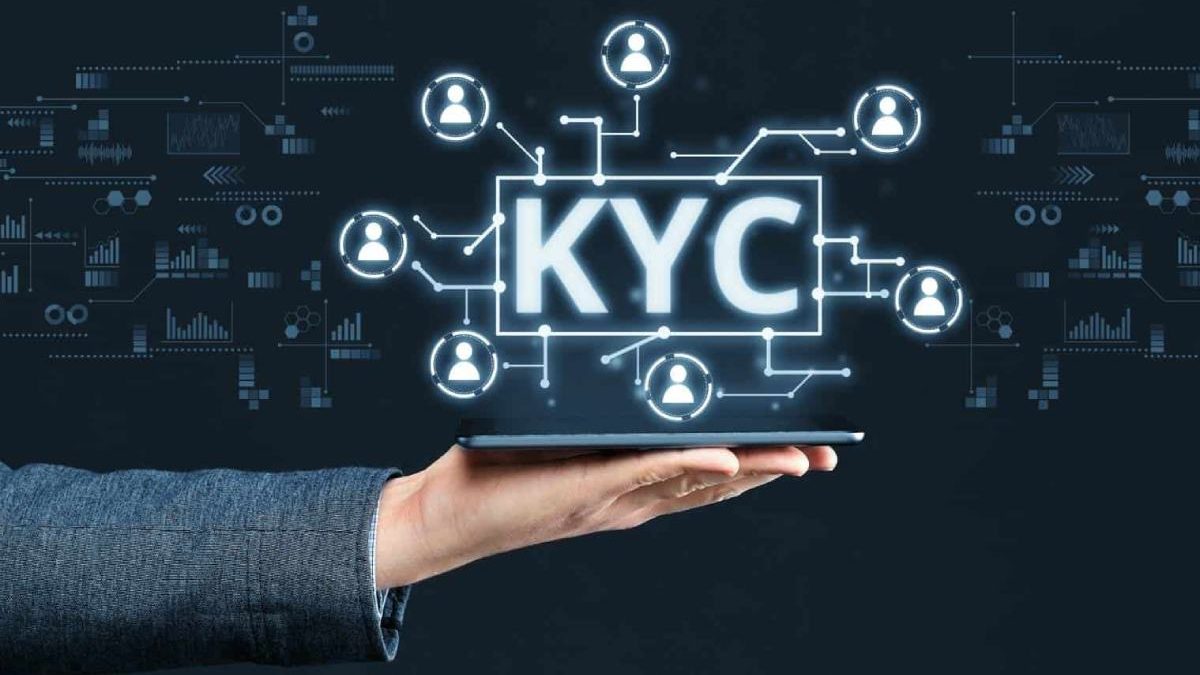Table of Contents
How to Make It Safe and Frictionless
Many businesses Kyc verification (know your customer) verifications to ascertain the identities of their customers and attempt to ascertain how risky those customers may be. To put it another way, businesses perform KYC verifications in an effort to determine the degree to which their customers may engage in fraud or other illegal activities.
However, despite their significance, KYC procedures are time-consuming, costly, unpleasant for customers, and, let’s face it, simple for criminals and fraudsters to circumvent.
In fact, the typical bank spends $60 million annually on KYC. Compliance is a constant concern because it is required in the financial sector and adjacent industries like lending and iGaming.
However, some KYC at onboarding or later stages is recommended and can be beneficial to businesses, even when it is not required by law.
Let’s take a look at the reasons why KYC should be seen as a benefit rather than a problem and how it can be improved and simplified across industries.
What exactly is KYC verification?
The process of ensuring that you know and verify who your clients are, their identity, and the extent to which they may be trustworthy is known as KYC verification, and it is frequently a legal requirement for businesses.
Customer Due Diligence (CDD) is a larger category of legal obligations and recommended practices that includes KYC. KYC checks are verification checks that are performed on individual customers both during and after the onboarding process.
If applicable, the components of the legally required version of a KYC check are as follows:
requesting from new customers evidence of their identity, age, and address; receiving these documents from the customer in a variety of formats, such as hard copy, scan, and so forth.
evaluating the veracity of this documentation, which is, of course, more difficult online than in person The KYC process has its origins in the financial sector, where authorities have implemented measures to prevent fraudsters and other criminals from carrying out their schemes and laundering the funds that result.
However, today, a significant portion of online businesses, including forex exchanges, gambling establishments, and neobanks, are required to comply with KYC, and even more of them stand to gain in some way from doing so.
Businesses face three major obstacles as a result:
It costs a lot to conduct online KYC verifications for each user.
As we’ll see below, KYC checks make the customer journey more difficult.
Sometimes, these checks are not enough to stop fraud.
Which of the three parts of a KYC check are they?
The three parts of KYC are as follows:
first and last name
date of birth
private location
The client needs to give evidence of these subtleties utilizing official documentation, like a visa, driving permit, or public ID.
Self-exclusion lists must also be included in KYC checks for iGaming and online casinos.
What Are the Importance of KYC Verification and Authentication Procedures?
In addition to enabling business owners to avoid fees and other penalties that would result from compliance issues, KYC verification and authentication procedures assist organizations in determining the degree to which their customers are trustworthy. They assist us in determining which customers are legitimate and which may be associated with criminal activity, such as the financing of terrorism and money laundering.
To put it another way, the KYC verification and authentication procedures are crucial for businesses because they enable them to comply with regulations and choose which of their accounts should be kept and which should be blacklisted.
In point of fact, not only are both procedures useful for making decisions regarding the management of customer relationships and accounts, but they also aid police work in and of themselves. The application of KYC verification and authentication to crime reporting reflects the fact that it is frequently a legal requirement for organizations to use it.
Through the use of KYC and authentication procedures, criminals must go through a process that may produce evidence to support their malicious behavior. All of this is predicated on the possibility that the identity checks do not initially deter those criminals.
They are also important because they can prevent crime by acting as a deterrent to criminals right from the start of the registration process.
Know Your Customer (KYC) Verification versus Anti-Money
Laundering (AML) In a business’s risk management section, these two are frequently integrated, and to some extent, their objectives are comparable. Without a doubt, the two of them can be commanded by neighborhood specialists. But they are not the same thing.
Thinking about the objectives of each is the easiest way to distinguish between AML and KYC:
At onboarding, when a new customer is about to sign up, KYC is introduced to verify this person’s identity.
This could involve biometrics or checks for document authenticity on a practical level.
AML are ongoing measures taken by a financial or related organization to stop the laundering of money. They involve ensuring that the customer’s funds come from a reputable and established source.
Practically, AML involves reporting suspicious activity to the authorities and flagging unusual transactions and/or those exceeding a certain amount.
We should also keep in mind that, in theory, CDD encompasses both of these.


